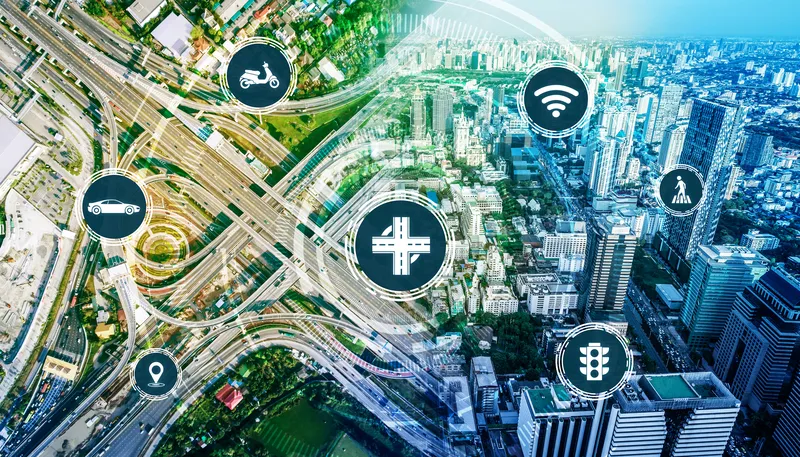Willem Strijbosch, head of autonomous driving at TomTom, says: “We are offering automakers and Tier 1s the possibility to move towards faster TomTom HD Map updates.”
As part of the deal, Hella will use TomTom’s map delivery system AutoStream to access the HD Map on demand and use it for vehicle localisation. Hella will also share processed camera data to TomTom’s cloud-based mapping system for autonomous driving, updating the HD Map in real-time.
TomTom says this will be achieved by generating crowdsourced map updates called Roadagrams which ensure the HD Map reflects real road conditions. AutoStream then delivers the updated map data back to the vehicle, the company adds.
Kay Talmi, managing director at Hella Aglaia, says: “By achieving compatibility between TomTom’s cloud-based mapping service and Aglaia’s in-vehicle camera software we will be able to offer automakers a new option for HD Map updates from their fleet.”
TomTom enters partnership to update HD Map
TomTom has partnered with Hella Algaia, a supplier of computer vision software, to update its high definition (HD) map in real-time using crowdsourced data from vehicles.
September 13, 2019
Read time: 1 min










